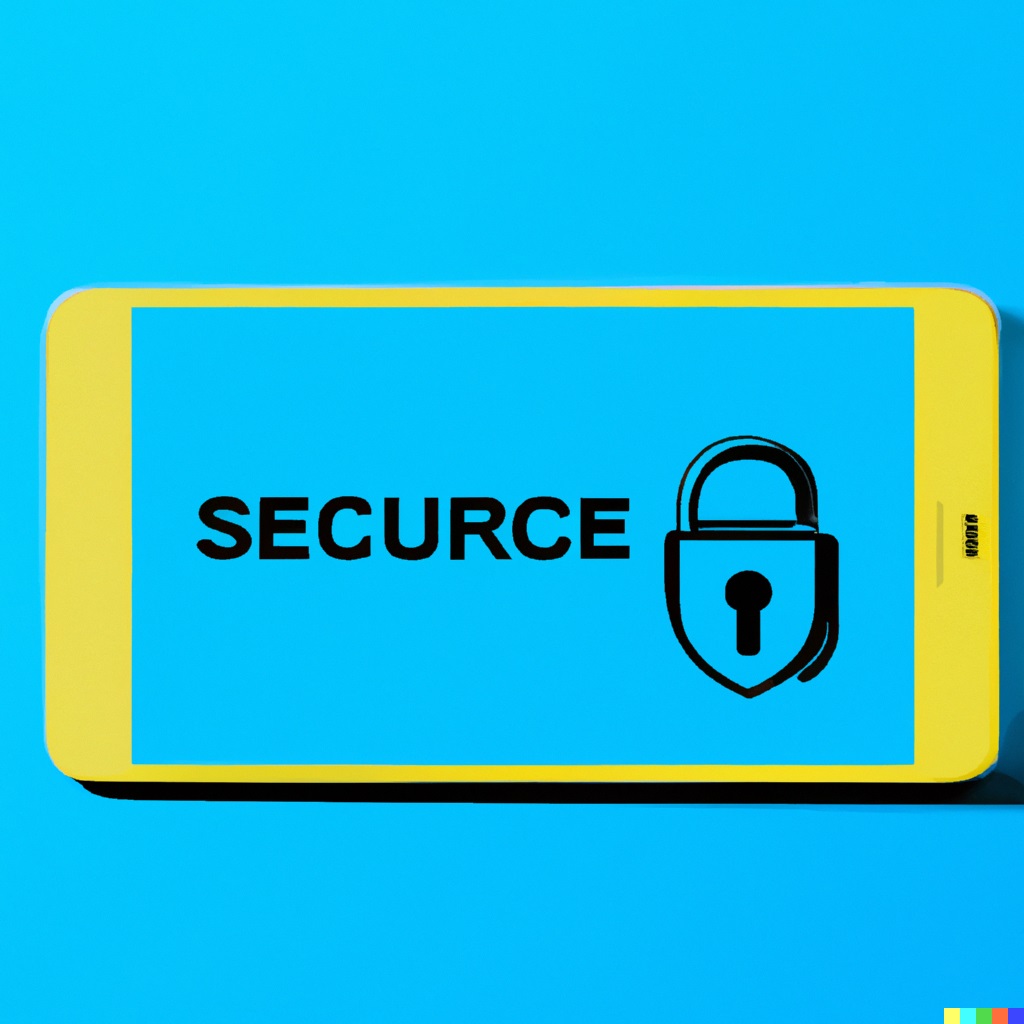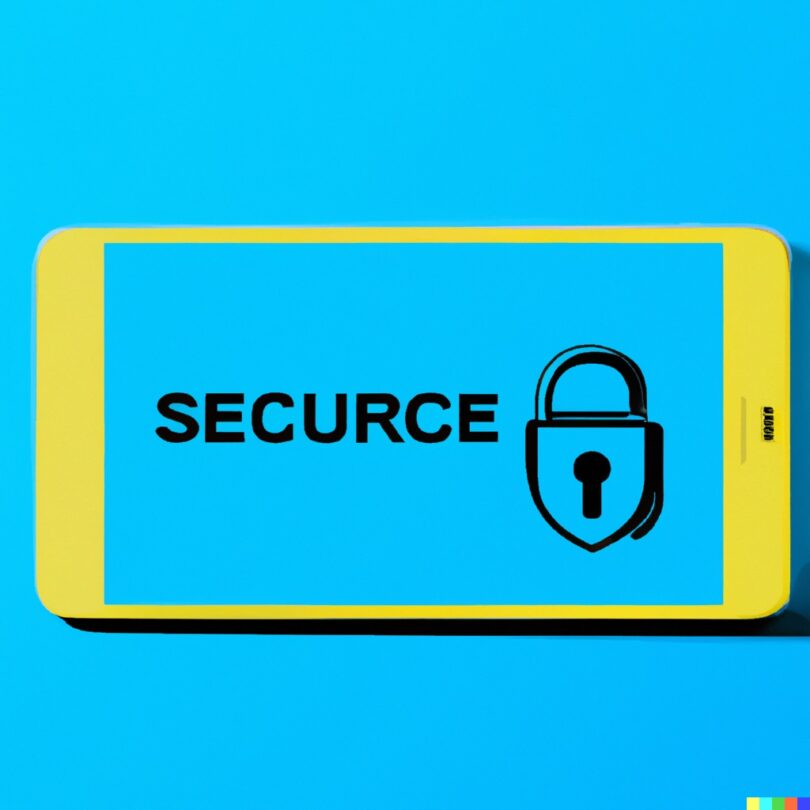In today’s world, smartphones contain a vast amount of personal information, and protecting that information is crucial. This article provides expert advice on how to secure your phone using a variety of methods, including strong passwords, biometric authentication, anti-malware software, two-factor authentication, and encryption. The article also covers practical tips such as avoiding public Wi-Fi networks, being cautious of phishing scams, and backing up your data regularly. Readers will learn how to set up remote wiping, lock their SIM cards, and enable find my phone features. The article also emphasizes the importance of staying informed about the latest security threats and best practices to keep your phone secure. By following the advice in this article, readers can feel confident that their phone is protected from security threats, and their personal information is secure.

- Use a Strong Password or Passcode – A strong password or passcode is the first line of defense against unauthorized access to your phone. Avoid using common passwords such as “1234” or “password” and use a unique combination of letters, numbers, and symbols.
- Use Biometric Authentication – Many smartphones now feature biometric authentication options such as fingerprint or facial recognition. These features add an extra layer of security to your phone.
- Update Your Phone’s Operating System – Operating system updates often include security patches that address vulnerabilities that could be exploited by hackers.
- Install Anti-Malware Software – Anti-malware software can help protect your phone from viruses and other malicious software.
- Use Two-Factor Authentication – Two-factor authentication adds an extra layer of security by requiring a second form of authentication, such as a code sent to your phone or an app on your phone.
- Avoid Using Public Wi-Fi – Public Wi-Fi networks are often unsecured, making it easy for hackers to intercept data transmitted over the network. Use a Virtual Private Network (VPN) when connecting to public Wi-Fi to add an extra layer of security.
- Be Cautious of Phishing Scams – Phishing scams are emails or messages that appear to be from legitimate sources but are designed to trick you into giving away personal information. Be cautious of any unsolicited messages or emails asking for personal information.
- Don’t Download Apps from Untrusted Sources – Only download apps from trusted sources such as the Apple App Store or Google Play Store. Avoid downloading apps from third-party sources as they may contain malware.
- Use Encryption – Encrypting your phone’s storage can protect your data in the event of loss or theft.
- Be Careful of Bluetooth Connections – Bluetooth connections can be vulnerable to hacking. Be cautious when connecting to unknown devices and disable Bluetooth when not in use.
- Set Up Find My Phone – Many smartphones have a “Find My Phone” feature that allows you to locate your phone if it is lost or stolen.
- Enable Remote Wiping – Remote wiping allows you to erase all data from your phone if it is lost or stolen.
- Avoid Public Charging Stations – Public charging stations can be hacked to install malware on your phone. Use your own charger and an electrical outlet to charge your phone.
- Limit Location Sharing – Be cautious of apps that request access to your location data. Limit location sharing to only the apps that need it.
- Disable Automatic Connections – Disable automatic connections to known Wi-Fi networks and Bluetooth devices to prevent unauthorized access.
- Lock Your SIM Card – Locking your SIM card with a PIN prevents unauthorized access to your phone service.
- Be Careful of Social Engineering Attacks – Social engineering attacks are designed to trick you into giving away personal information. Be cautious of unsolicited messages or calls asking for personal information.
- Use a Privacy Screen – A privacy screen prevents others from viewing your screen from angles other than straight-on.
- Backup Your Data – Regularly backing up your phone’s data can protect you from data loss in the event of loss or theft.
- Educate Yourself – Stay informed about the latest security threats and best practices to keep your phone secure.


